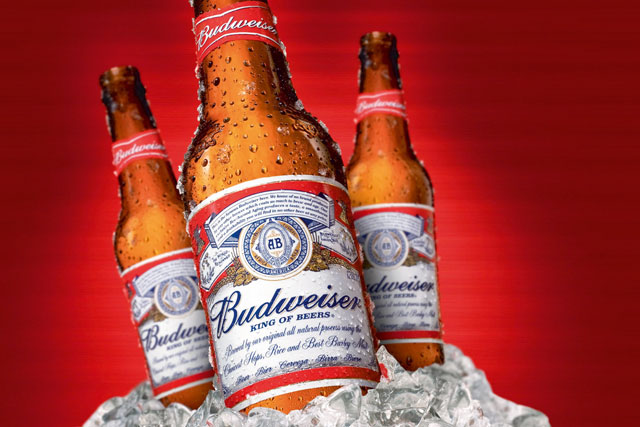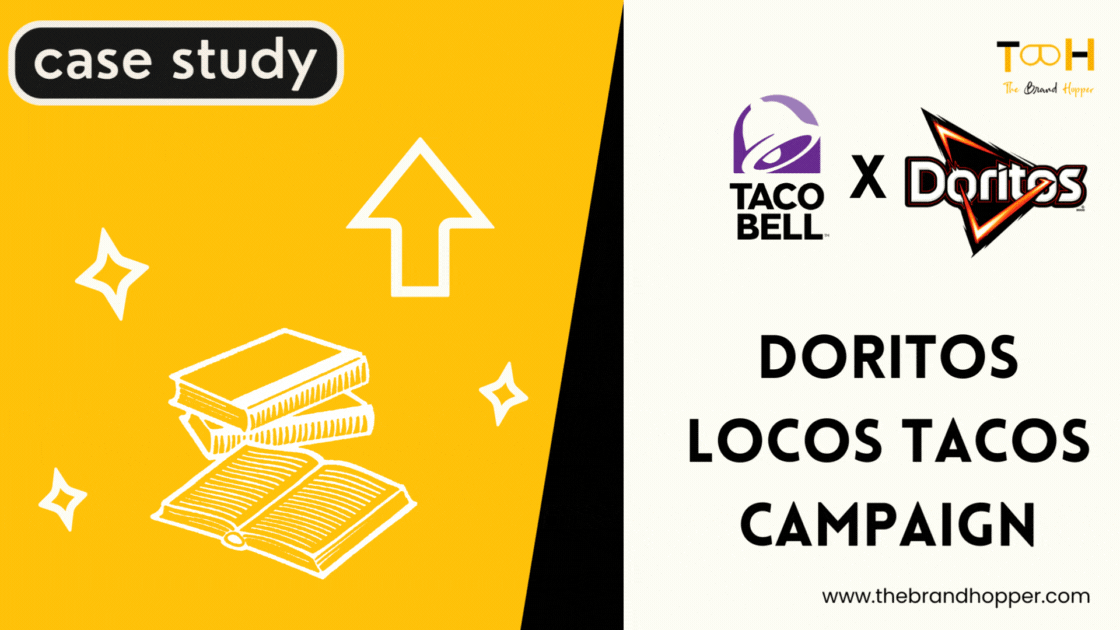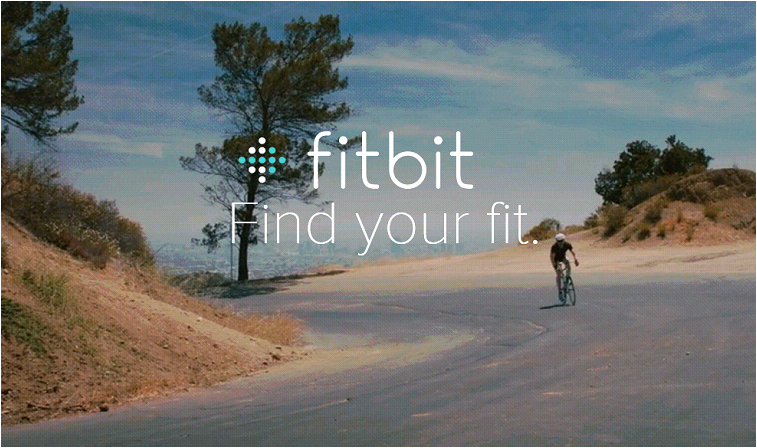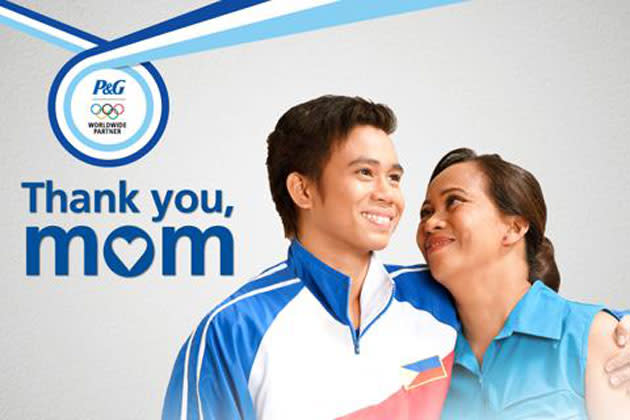The Budweiser “Whassup?” campaign ran from 1999 to 2002. The campaign was based on the short film True by Charles Stone III, which features a group of African-American men calling each other while watching sports.
The ad debuted on Monday Night Football in December 1999 and aired during Super Bowl XXXIV in 2000. The ad won many awards, including a Cannes Grand Prix, and became a pop culture catchphrase. It’s widely considered one of the best beer ads ever made.
The ad’s core idea was about friendship and sharing moments. The 60-second commercial was a hit with the 21- to 27-year-old demographic.
Background
The commercials were based on the short film True written and directed by Charles Stone III, featuring Stone and several of his childhood friends: Fred Thomas, Paul Williams, Terry Williams, Jimmy “Puerto Rock” Perez, and Kevin Lofton. The characters sat around talking on the phone and saying “whassup?” to one another in a comical way.
Steve Weinshel from C&C STORM films sent the popular short film to creative director Vinny Warren and art director Chuck Taylor at the Chicago-based ad agency DDB. They then presented the concept to August Busch IV, vice president of Anheuser-Busch.
Impressed, Busch IV licensed the idea from C&C Storm films and enlisted Stone as the director for Budweiser TV commercials inspired by the film. Scott Martin Brooks won the role of Dookie when Kevin Lofton declined to audition.
Target audience
The campaign’s target audience was young men in their 20s and 30s, a significant consumer group for beer. The ads featured mostly African-American men using slang from minority communities, but the universality of the message attracted viewers from all types of backgrounds and demographic divisions.
The campaign featured a group of friends calling each other to play around with an inside joke.
The phrase “Wassup” is unique to a certain demographic of beer-drinking, game-watching, and hanging-with-friends people.
Campaign Strategy
The campaign’s spots aired during sports programming, prime-time, and late-night shows. The campaign won a Cannes Grand Prix and a Grand Clio, and inspired a series of follow-up ads.Budweiser’s marketing campaigns often feature heartwarming stories of friendship and camaraderie. The brand also sponsors sporting events, music festivals, and other cultural events.
- TV commercials: The iconic TV spots featured the trio’s nonchalant greetings in various mundane settings, emphasizing relatable situations and genuine friendship.
- Interactive website: The campaign extended online with a website allowing users to create their own “Wassup?” greetings with customizable characters and backgrounds.
- Viral marketing: Before virality was a buzzword, “Wassup?” spread organically through email chains, instant messaging, and fan-made parodies. Celebrities embraced the phrase, and even President Clinton uttered it during a speech
In 2020, Budweiser re-recorded the audio for its 1999 “Whassup” ad to encourage people to check in on their friends during the coronavirus lockdown.
Results
Instant success: The first “Wassup?” ad, aired during Monday Night Football, became the second most-watched commercial of all time. Brand awareness skyrocketed, and sales surged by 15%. Reports by the New York Times indicate that it helped Anheuser-Busch boost sales by some 2.4m barrels.
Cultural impact: “Wassup?” transcended advertising, becoming a pop-culture catchphrase immortalized in movies, music, and everyday conversation.
Shifting the paradigm: The campaign’s success proved the power of simplicity, authenticity, and humor in connecting with modern audiences. It ushered in a new era of viral marketing, challenging traditional marketing techniques and paving the way for user-generated content.
Recognition: Whassup? was awarded the Cannes Grand Prix award and the Grand Clio award, among others. The campaign was inducted into the CLIO Hall of Fame in May 2006.
Sequels
Eight years after it first aired, Stone rebooted the ad, with the same cast, as Wassup 2008. The two-minute short film was heavily critical of the presidency of George W. Bush and was a clear endorsement of the presidential campaign of Barack Obama.
The 2008 video was nominated for the Favorite User Generated Video award at the 35th People’s Choice Awards.
In 2020 a new ad campaign “Checking in, that’s Whassup” was created by VaynerMedia. Social media spots featured friends meeting on an online platform, a common occurrence during the COVID-19 pandemic. The campaign encouraged viewers to check in with friends, and received a Bronze award from the Clio Sports program.
https://www.youtube.com/watch?v=oymMa3yDgoE
The campaign became an instant cultural phenomenon. It was parodied in Scary Movie, and its catchphrase ‘Wassup?’ served as a popular punchline on TV talk shows. The spot won the Cannes Grand Prix and also snagged a Grand Clio. It inspired a series of follow-up ads that offered new spins on the original theme, including ‘Wassup girlfriend?’, ‘Wassup grandmas?’, ‘Wassup wasabi?’ and even one of the earliest internet memes, ‘Wassup SuperFriends?’, a Cartoon Network parody featuring superheroes including Superman, Batman, Wonder Woman and more.
‘Wassup?’ did a lot to drive business for the beer giant, too. In the two decades since the spot originally aired, countless other iterations of the ad have appeared. And they’re still coming: Budweiser in 2020 teamed with Uber to create a modern twist on the old classic, and Today show anchors reenacted the original in a cheeky 2021 Halloween stunt on air.
Also Read: A Case Study on Apple’s “Shot on iPhone” Brand Campaign
To read more content like this, subscribe to our newsletter



